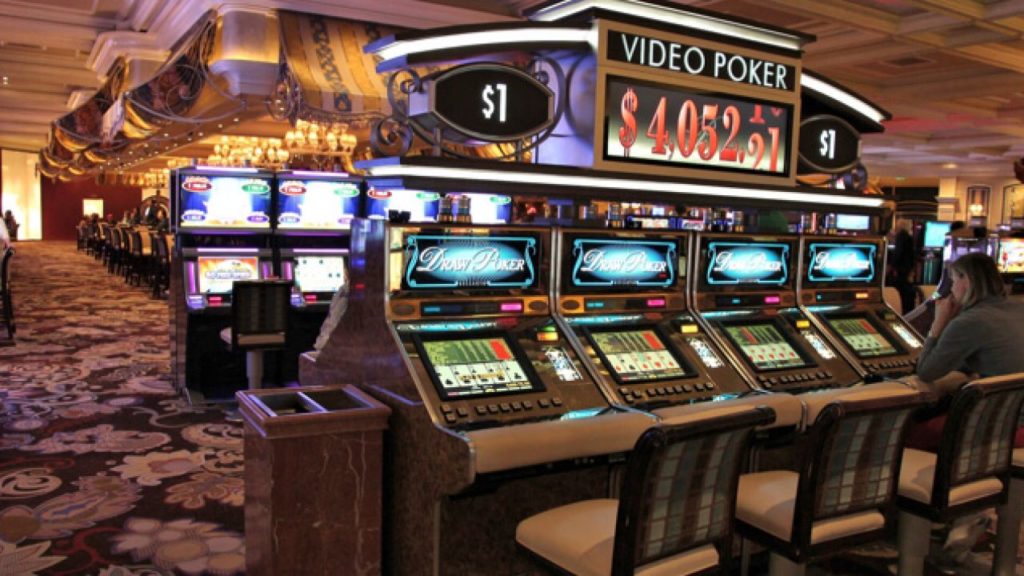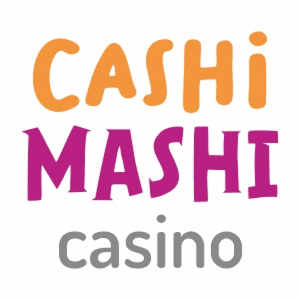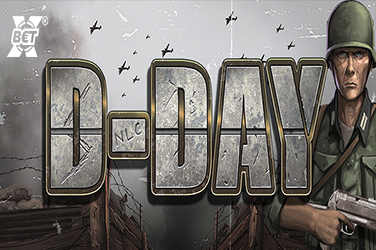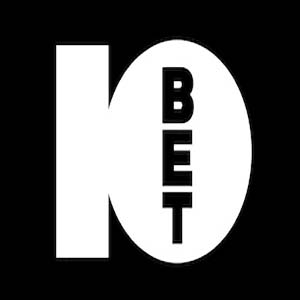
Video poker merges the unpredictability of slots with the strategic elements of poker, offering a digital gambling experience that has captivated casino-goers since the mid-1970s. Unlike traditional poker games, video poker is played on a computerized console, combining technology and chance in a format that has become a cornerstone of the casino industry.
The Origins of Video Poker
The journey of video poker began when technological advancements made it feasible to pair a monitor with a solid-state central processing unit, marking its entry into the world of electronic gaming. The game gained significant traction in 1979 when SIRCOMA (now International Game Technology) introduced Draw Poker, setting the stage for video poker’s popularity in casinos, especially among Las Vegas locals who favor the game for its approachable playstyle and favorable odds compared to other casino offerings.
Understanding Video Poker Gameplay
Video poker’s essence lies in its simplicity and resemblance to five-card draw poker. Players start by inserting money or a bar-coded paper ticket, placing a bet of one or more credits, and hitting the “deal” button. They’re then dealt five cards and have the option to discard any number of them in exchange for new ones, aiming to create a winning hand as outlined in the pay table. This straightforward yet engaging process has made video poker a beloved game among both novice and seasoned gamblers.
Pay Tables and Strategy
The allure of video poker also lies in its transparency and potential for strategy. Pay tables clearly outline the payouts for various hands, which are consistent with traditional poker hands from a pair of jacks up to a royal flush. Advanced players can employ strategies based on the pay table and game variation to maximize their chances of winning, with some achieving professional status through their expertise in calculating odds.
Video Poker Variations
The adaptability of video poker has led to a myriad of variations, each offering a unique twist on the classic setup. These include Deuces Wild, where twos serve as wild cards; Joker’s Wild, with a joker as the wild card; and variations that offer bonus payouts for specific hand combinations. Such diversity ensures that video poker remains fresh and engaging, appealing to a broad spectrum of players.
The Rise of Full Pay Games
In the realm of video poker, “full-pay” games represent the versions with the highest return to player (RTP) percentages, often offering payback close to or even above 100% with optimal play. While casinos typically don’t advertise these percentages, savvy players seek out these machines for the best chances of winning, emphasizing the game’s appeal to those willing to delve into its intricacies.
Conclusion
Video poker stands as a testament to the enduring appeal of gaming machines that offer not just the chance of financial reward but the satisfaction of strategic gameplay. Its evolution from a primitive screen game to a casino staple speaks to the technological advancements in gaming and the timeless allure of poker. As video poker continues to evolve, it remains a favorite among players looking for a game that combines skill, strategy, and the thrill of the draw.
What is Video Poker?
Video poker is a casino game based on five-card draw poker. It is played on a computerized console similar in size to a slot machine.
How do you play Video Poker?
Players play video poker by inserting money or a barcode-printed ticket into the machine, betting a certain number of credits, and then pressing the ‘deal’ button to draw cards. Players can choose to hold or discard cards, drawing new ones to replace discarded ones.
What are the odds of winning at Video Poker?
The odds of winning at video poker vary based on the version of the game you are playing and your strategy. Generally, with optimal play, some versions of video poker offer over 99% payback.
Can you play Video Poker online for real money?
Yes, many online casinos offer video poker where you can play for real money. Ensure that online gambling is legal in your jurisdiction before playing.
Are there different types of Video Poker games?
Yes, there are numerous variations of video poker, including but not limited to Jacks or Better, Deuces Wild, and Double Bonus Poker. Each variation has its own set of rules and strategies.
Try Video Poker Games in Demo Mode

| WHERE TO PLAY? | EXCLUSIVE OFFER | DEVICES | |
|---|---|---|---|
 | UP TO €10000 + 150Free Spins | Can't MissRead Review | |
 | Wager Free 1000€ +125 Free Spins | PLAY NOWRead Review | |
 | WAGER FREE €1000 + 150 Free Spins | Register NowRead Review | |
 | 100% up to 6000€ + 100 FS | PLAY NOWRead Review | |
 | 100% Up to 850€ + 125 FS | Sign UPRead Review | |
 | 2000€ in BONUSES and 200 Free Spins | PLAY NOWRead Review | |
 | 300% bonus! Deposit €10 and receive €30 extra! | Visit NowRead Review | |
 | UP to €/$1000 +200 FREE Spins | Be The King NowRead Review | |
 | Up to 1000€ (code: AitiaTTV) | Don't MissRead Review |












